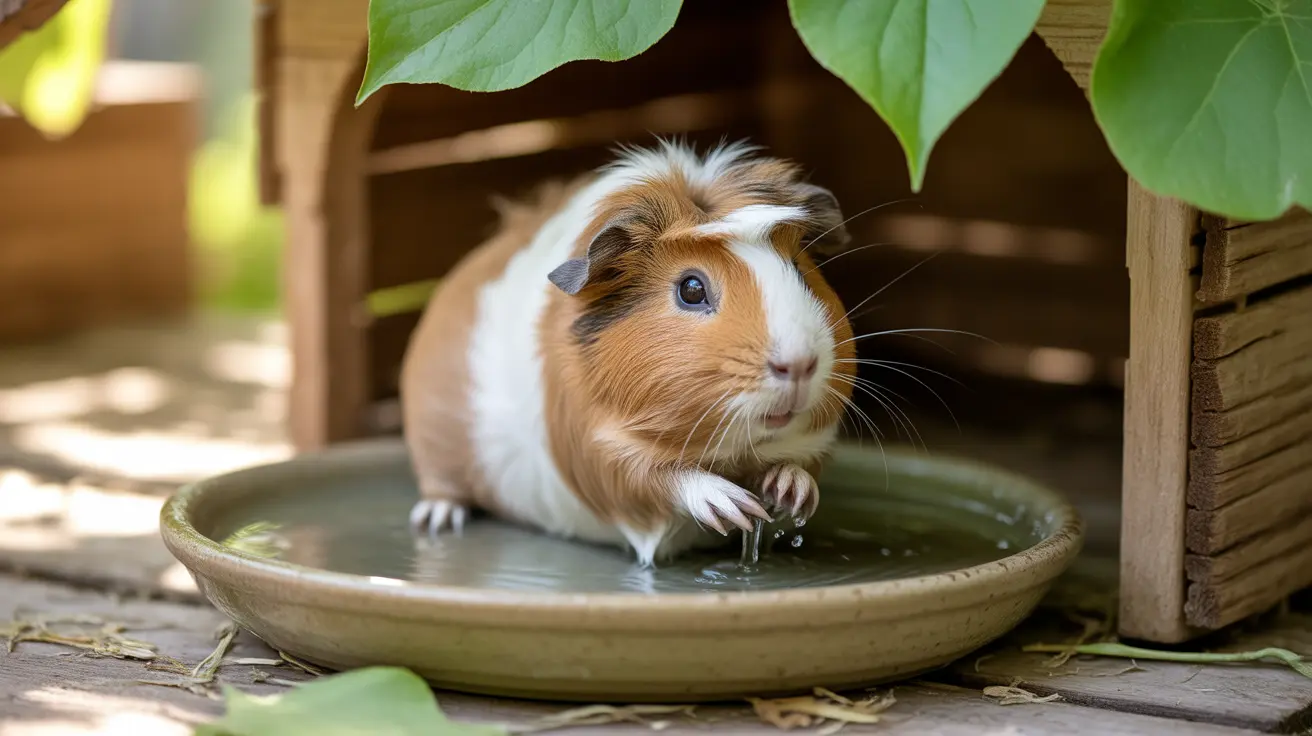Understanding Sucralfate: A Reliable Remedy for Dogs with Upset Stomachs
When your dog shows signs of an upset stomach, such as vomiting, diarrhea, or visible discomfort, one of the most reliable medications your veterinarian may recommend is
sucralfate. Though originally developed for human use and not approved by the FDA for veterinary applications, sucralfate is commonly prescribed for dogs because of its proven effectiveness in treating
gastrointestinal (GI) ulcers and irritations.
What is Sucralfate?
Sucralfate is a mucosal or gastrointestinal protectant. It works by forming a protective barrier over damaged or ulcerated areas of a dog's GI tract. This action helps to shield the sensitive tissues from further damage caused by stomach acids, allowing time for healing and reducing discomfort.
How Sucralfate Works
When ingested, sucralfate reacts with the acidic environment of the stomach to form a thick, viscous substance. This substance adheres to ulcer sites, creating an effective barrier against acid, enzymes, and bile salts.
Key benefits include:
- Promoting healing of ulcers in the stomach, esophagus, or small intestine
- Reducing discomfort and symptoms like vomiting or diarrhea
- Preventing ulcer formation in dogs on NSAIDs or steroids
When is Sucralfate Recommended?
Veterinarians may prescribe sucralfate for:
- Severe vomiting and diarrhea, especially with blood
- Esophagitis and acid reflux
- Post-operative GI healing
- Ingestion of toxic substances
- Kidney failure (as a phosphate-binder)
How to Administer Sucralfate to Your Dog
Follow your vet’s instructions closely. Sucralfate is available in tablet or liquid suspension form. Tablets are often mixed into a slurry using water for better efficacy.
Tips for proper administration:
- Give on an empty stomach (30–60 minutes before feeding)
- Space out at least two hours apart from other medications
- Administer every 8–12 hours, or as directed
Missed a Dose?
If you miss a dose, give it as soon as you remember unless it’s close to the next scheduled time. Never double the dose.
Side Effects and Precautions
While
sucralfate is generally well-tolerated, minor side effects might occur:
- Constipation (most common)
- Occasional vomiting or diarrhea
Use caution if your dog:
- Has kidney disease or pre-existing constipation
- Is pregnant or nursing
- Has diabetes (potential blood sugar effects not fully established)
Stop the medication and contact your vet if you observe:
- Allergic reactions (e.g., swelling, rash, difficulty breathing)
- Worsening GI symptoms like blood in stool or vomit
Drug Interactions to Watch For
Sucralfate can interfere with the absorption of many medications. Avoid administering it alongside:
- Antibiotics like tetracyclines and fluoroquinolones
- Ketoconazole, digoxin, phenytoin, quinidine
- L-Thyroxine and theophylline
- Antacids containing aluminum, magnesium, or calcium
Always space these medications at least two hours before or after sucralfate. Inform your vet about any over-the-counter or herbal supplements your dog may be taking.
Storage and Handling
Keep sucralfate in a sealed container at room temperature (59°F–86°F or 15°C–30°C). Avoid exposure to moisture, light, or heat, especially for the liquid formulation, which should not be refrigerated or frozen.
Dispose of unused medication safely, preferably by mixing with an undesirable substance and placing it in the trash out of children’s and pets’ reach.
Monitoring and Follow-Up
Your vet may recommend regular follow-up to monitor for side effects or signs of worsening ulcers. Look out for persistent symptoms or abnormal stool and report promptly.
Conclusion
Sucralfate remains one of the most effective and safest medications to use when dogs suffer from an upset stomach caused by ulcers or gastrointestinal distress. Its unique ability to coat and protect ulcerated tissue makes it a go-to solution in veterinary care. However, as with any medication, it’s essential to follow proper dosage instructions, watch for interactions, and remain in communication with your veterinarian to ensure your pet's safety and comfort.





